Something that fascinates me about flamenco is the syllables that dancers use to sing the rhythms we make with our feet. When dancers break down steps to teach someone or show a musician, we tend to not just do the steps but also sing the melody/rhythm. Every dancer seems to have their own system of syllables, each one representing a different step with our feet or bodies. Some examples include: fim, fam, ti, ka, to, da, bom, fa, ti-ko-ta, dum, etc. The syllables I use have definitely evolved over time, influenced by the different teachers I’ve had and the syllables they use.
I laughed at myself the other day while rehearsing, I filled in the sounds the guitar usually makes with “feem foam fam.” It just hit me how strange that sounds out of context. But it does the job of holding the rhythm while rehearsing with other dancers and without the musicians.
So then I wondered why do we even feel the need to sing the rhythms we’re making when we teach them? Why isn’t it enough to have the feet do them? I understand when we sing the sounds we want the guitar to make, but why do and sing the footwork sounds? So then I started to think about Kathak dance and Indian music, where mnemonics play an integral role in the dance and often the performance. Although the mnemonics themselves have no meaning in Kathak, they correlate to particular movements or drum sounds. They are referred to specifically as “bols.” “The “bols” can be borrowed from tabla (e.g. dha, ge, na, tirakiTa) or can be a dance variety (ta, thei, tat, ta ta, tigda, digdig and so on)” (http://ranatravels.in/dance.html).
Check out this awesome video of a Kathak performance; a musician is singing the bols, and it forms an integral part of the music:
“The Kathak dancer invariably recites the bols of the dance cadences. Bols has been considered an essential part of the Kathak dancer’s demonstration. The recitation or the parhant becomes important on account of the great emphasis laid on the accented and unaccented parts of the mnemonics. It is important also because the dancer, through recitations, almost rehearses the exact time intervals in the dance before actually executing them through her feet. The mnemonics of the tabla or the pakhavaj player may will repeat all the bols which had been earlier recited by the dancer.” (http://www.webindia123.com/dances/kathak/repertoire2.htm)
It may sound like a lot of nonsense when I use mnemonics–and it quite literally is–but it’s an integral part of the learning process. And my use of mnemonics is so ingrained in my dance process, I sometimes don’t even realize it. I’m sure someone could write a PhD thesis on mnemonics in dance, across different dance forms, or/and the learning process, but for now I’ll leave it at that. Ti-ko-ta. 😉


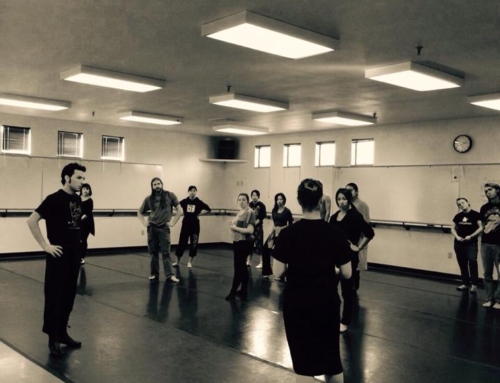
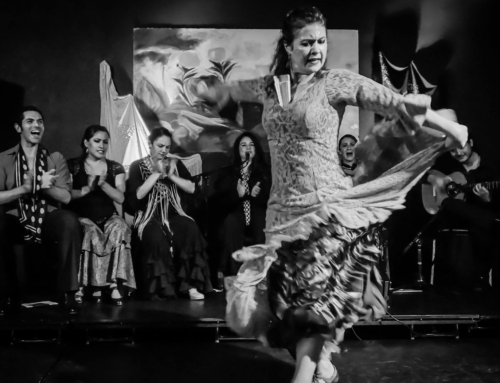



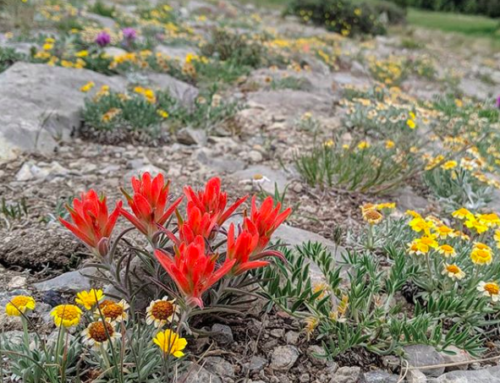
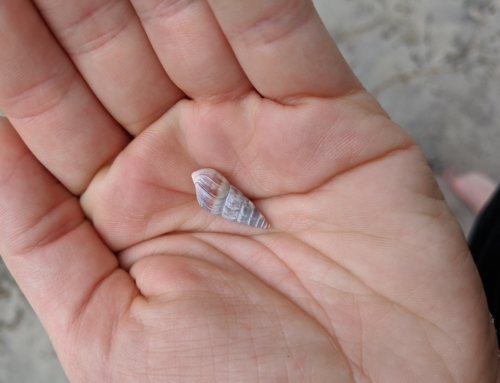
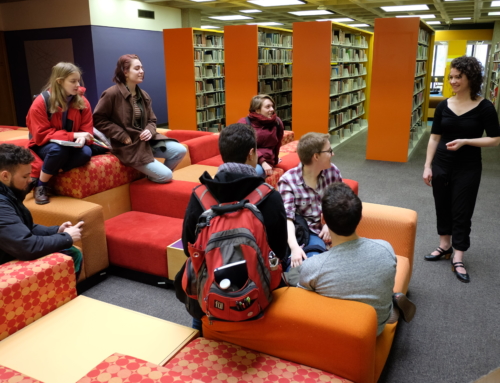
Leave A Comment